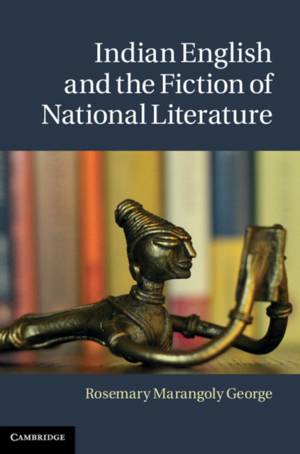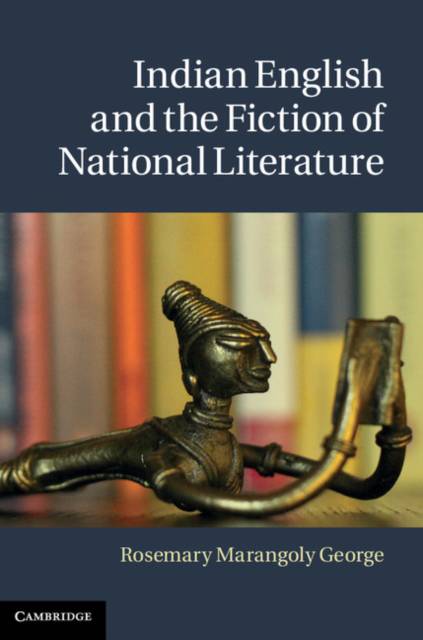
- Afhalen na 1 uur in een winkel met voorraad
- Gratis thuislevering in België vanaf € 30
- Ruim aanbod met 7 miljoen producten
- Afhalen na 1 uur in een winkel met voorraad
- Gratis thuislevering in België vanaf € 30
- Ruim aanbod met 7 miljoen producten
Zoeken
€ 97,95
+ 195 punten
Omschrijving
During the twentieth century, at the height of the independence movement and after, Indian literary writing in English was entrusted with the task of consolidating the image of a unified, seemingly caste-free, modernising India for consumption both at home and abroad. This led to a critical insistence on the proximity of the national and the literary, which in turn, led to the canonisation of certain writers and themes and the dismissal of others. Examining English anthologies of 'Indian literature', as well as the establishment of the Sahitya Akademi (the national academy of letters) and the work of R. K. Narayan and Mulk Raj Anand among others, Rosemary Marangoly George exposes the painstaking efforts that went into the elaboration of a 'national literature' in English for independent India even while deliberating the fundamental limitations of using a nation-centric critical framework for reading literary works.
Specificaties
Betrokkenen
- Auteur(s):
- Uitgeverij:
Inhoud
- Aantal bladzijden:
- 294
- Taal:
- Engels
Eigenschappen
- Productcode (EAN):
- 9781107040007
- Verschijningsdatum:
- 23/12/2013
- Uitvoering:
- Hardcover
- Formaat:
- Genaaid
- Afmetingen:
- 155 mm x 231 mm
- Gewicht:
- 566 g

Alleen bij Standaard Boekhandel
+ 195 punten op je klantenkaart van Standaard Boekhandel
Beoordelingen
We publiceren alleen reviews die voldoen aan de voorwaarden voor reviews. Bekijk onze voorwaarden voor reviews.











